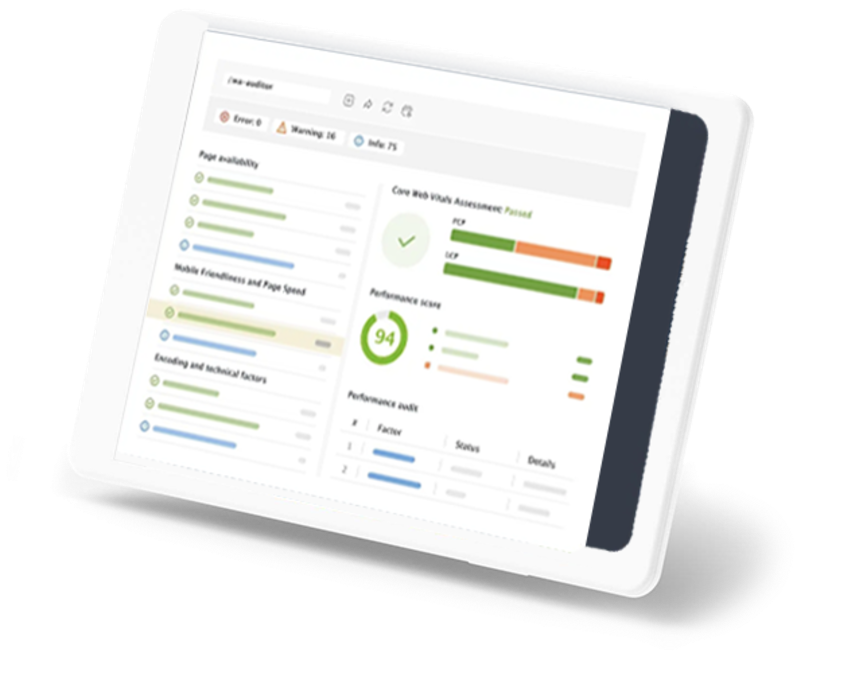
Automotive Hydraulics System Market Size
Global Market Insights Inc.
By Preeti Wadhwani, Satyam Jaiswal
Aug 2024
Automotive Hydraulics System Market size was valued at USD 36.6 billion in 2023 and is estimated to register a CAGR of over 5% between 2024 and 2032. The increasing adoption of advanced safety features in vehicles is a significant factor driving demand for sophisticated hydraulic systems. As regulations and consumer expectations for enhanced safety and performance rise, automakers are integrating more advanced hydraulic technologies, such as improved braking and suspension systems, to meet these demands. This focus on safety and performance propels the development and installation of cutting-edge hydraulic components.
Furthermore, as manufacturers expand their operations into emerging markets, the demand for advanced hydraulic systems surges. This expansion enables companies to access new customer bases and capitalize on local growth opportunities. Consequently, this momentum propels further innovation and production in hydraulic technologies. For instance, in January 2024, Continental announced a major investment of around USD 90 million to build a new hydraulic hose production plant in San Luis Potosí, Mexico. This facility is designed to enhance the company’s manufacturing capabilities in the hydraulic sector, marking a significant expansion of its production capacity.
Automotive Hydraulics System Market Report Attributes
| Segments covered: | Component, Vehicle, Application, Sales Channel |
|---|---|
| Growth Drivers: | Increasing vehicle production worldwide boosts demand Technological advancements in hydraulic system components Rising safety and emission regulations globally Integration with advanced driver-assistance systems (ADAS) |
| Pitfalls & Challenges: | High cost of advanced hydraulic systems Regular maintenance requirements deter some consumers |
Moreover, the integration of hydraulic systems with advanced driver-assistance systems (ADAS) is propelling the automotive hydraulics system market growth. As vehicles increasingly incorporate ADAS technologies for enhanced safety and automated functions, hydraulic systems are being refined to support features such as adaptive cruise control and automatic emergency braking. This integration drives demand for advanced hydraulic components that work seamlessly with electronic systems to improve overall vehicle performance and safety.
The high cost of advanced hydraulic systems poses a significant challenge, especially for manufacturers and consumers. As hydraulic technologies evolve to include sophisticated features such as adaptive suspension and precision braking systems, the associated costs for research, development, and production increase. This can lead to higher prices for end-users, potentially limiting market adoption, particularly in price-sensitive segments.
Additionally, the cost burden may affect the affordability of advanced safety and performance features, making them less accessible to a broader audience. This financial barrier can slow down the overall market growth and restrict the integration of cutting-edge hydraulic technologies into more vehicles.
Automotive Hydraulics System Market Trends
There is a growing focus on developing advanced hydraulic fluids that offer improved performance and environmental benefits. Manufacturers are increasingly adopting fluids with better thermal stability, reduced viscosity, and enhanced lubrication properties. Furthermore, there is a shift towards environmentally friendly and biodegradable hydraulic fluids, driven by stringent regulations and a commitment to sustainability in the automotive industry.
For instance, in February 2024, Castrol introduced Transaqua™ SP-HC, a novel hydraulic control fluid specifically designed for subsea production systems. Part of the Transaqua family, this fluid meets the precise needs of direct hydraulic control systems and electro-hydraulic multiplex (EH-Mux) systems, demonstrating exceptional performance in high-pressure environments.
Moreover, global safety and emission regulations are increasingly stringent, thus propelling the evolution of advanced hydraulic systems. Manufacturers are prioritizing the development of hydraulic components that bolster vehicle safety such as enhanced braking and suspension systems while simultaneously adhering to tighter emissions standards. This regulatory impetus is not just a challenge but a catalyst, spurring rapid innovation and the seamless integration of hydraulic technologies to meet these demanding benchmarks.
Automotive Hydraulics System Market Analysis

Based on vehicle, the market is divided into passenger vehicles, commercial vehicles, and electric vehicles. In 2023, the passenger vehicles segment accounted for an automotive hydraulics system market share of over 56%. These vehicles are increasingly prioritizing enhanced driving comfort and safety through the adoption of advanced hydraulic systems. Innovations such as adaptive suspension systems and precision braking are becoming standard features, largely due to consumer demand for smoother rides and superior handling.
Moreover, the integration of hydraulic components with electronic controls is on the rise, allowing for dynamic adjustments. This boosts overall vehicle performance and elevates the passenger experience by tailoring responses to diverse driving conditions.
Furthermore, there’s a growing trend of merging hydraulic systems with advanced driver-assistance technologies in passenger vehicles. Such integrations bolster features such as automatic emergency braking and adaptive cruise control, with hydraulic systems ensuring responsive and precise control. The emphasis is on crafting hydraulic components that harmoniously collaborate with electronic systems, thereby enhancing safety and driving dynamics to align with contemporary consumer expectations.

Based on sales channel, the automotive hydraulics system market is categorized into OEMs, and aftermarket. The OEMs segment accounted for around 70% of the market share in 2023. OEMs are increasingly integrating advanced hydraulic systems directly into their vehicle designs to meet rising consumer expectations for performance and safety. This trend is driven by the need for seamless integration of hydraulic components with other vehicle systems, such as powertrains and electronic controls. As OEMs focus on delivering complete, high-quality solutions, the demand for customized hydraulic systems that enhance vehicle efficiency, handling, and safety is growing significantly among its end-users.
Moreover, OEMs are enhancing their collaboration with hydraulic system suppliers to streamline the supply chain and ensure the timely delivery of advanced components. This close partnership allows for the early integration of hydraulic technologies into vehicle development, enabling more precise customization and optimization. As a result, this channel can offer more innovative and efficient hydraulic solutions, improving overall vehicle performance and aligning with evolving market demands.

Asia Pacific dominated the global automotive hydraulics system market, with a major share of around 34% in 2023. The rapid urbanization and expanding middle class are driving increased demand for passenger vehicles equipped with advanced hydraulic systems in the region. As consumers seek enhanced driving experiences, manufacturers are focusing on developing cost-effective yet high-performance hydraulic components. The region’s growing automotive production capabilities, particularly in China and India, are further fueling the adoption of these technologies.
In Europe, particularly in the UK, Germany, France, Italy, and Spain, the push towards sustainable mobility is accelerating the adoption of advanced hydraulic systems in vehicles. Manufacturers are focusing on developing lightweight, energy-efficient hydraulic components to comply with stringent emission regulations. The growing popularity of electric and hybrid vehicles in these countries is also driving innovation in hydraulic technology, emphasizing compatibility with greener, low-emission powertrains.
In North America, increasing consumer demand for high-performance and safe vehicles is driving the adoption of advanced hydraulic systems. The region’s strong focus on vehicle safety features, such as anti-lock braking systems (ABS) and electronic stability control (ESC), is pushing manufacturers to innovate in hydraulic technology. Additionally, the rise of SUVs and trucks, particularly in the U.S., is boosting demand for robust and reliable hydraulic components tailored to these vehicles.
In December 2023, ZF Aftermarket significantly broadened its portfolio in the U.S. and Canada by launching new parts for its SACHS Continuous Damping Control (CDC) shocks and TRW brake components. This expansion enhances the company’s product range and availability, catering to a growing demand for advanced suspension and braking solutions in the North American market.
In November 2023, Danfoss Power Solutions launched several innovative products and solutions targeting the agricultural equipment sector, with a focus on hydraulic systems, electrification, and autonomy. Among the new offerings is the Dextreme Max system, which leverages the Danfoss Digital Displacement pump to optimize hydraulic performance, particularly in excavators, thereby enhancing efficiency and productivity in agricultural machinery.
Source: https://www.gminsights.com/industry-analysis/automotive-hydraulics-system-market





















